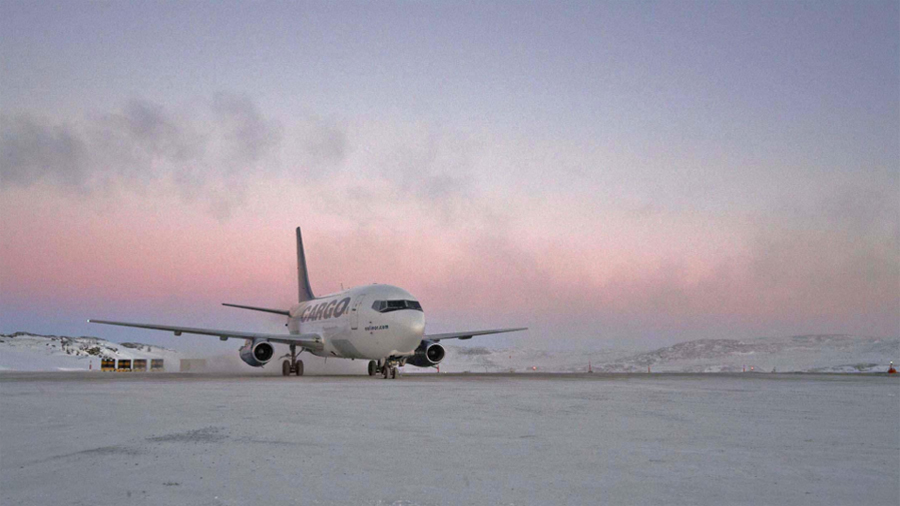TMAC Resources launches strategic review

Production in the fourth quarter at TMAC Resources’ (TSX: TMR) struggling Hope Bay mine in Nunavut were at the low end of expectations and the company has begun a strategic review process.
The deferral of mining in the BTD East Limb due to rehabilitation work, which impacted available grade, was the biggest factor in the company’s weak quarterly production results of 24,650 oz. gold, TMAC said.
Disappointing plant throughput of 1,140 tonnes per day in the month of December, brought down the average for the quarter, and was mainly due to unplanned maintenance on the power generator, which meant that the company could run only one of two concentrator lines for a 14-day period.
The company recently started development of a second underground mine at Madrid North, and is advancing a prefeasibility study on a production expansion at Hope Bay
Jason Neal, TMAC’s president and CEO, said TMAC has initiated a strategic review process to explore potential alternatives to maximize shareholder value.
“We have been making operational performance improvements since construction was completed, although we have not reached our targets,” he stated in a news release.
Neal pointed out that the company has recently started development of a second underground mine at Madrid North, and is advancing a prefeasibility study on a production expansion at Hope Bay, which should be finished during the first quarter of 2020.
“Ultimately, however, the value of Hope Bay may be greater in the context of a multi-asset portfolio and/or a stronger balance sheet, which is the driving force behind our strategic review process.”
The mining executive also pointed out that Resource Capital Funds and Newmont (TSX: NGT; NYSE: NEM) own 58.5% of TMAC’s outstanding shares, and that “alignment with our largest shareholders is a key consideration in the timing of this process.”
Furthermore, he said, “a transaction in early 2020 would provide an advantage in planning and procurement for the 2020 sealift, which may include additional purchases to support investment that TMAC may not otherwise make itself at this time.”
Barry Allan of Laurentian Bank Securities speculated in a research note that the announcement of the strategic review “signals” that RCF and Newmont, the company’s two key shareholders, “may have become uncomfortable funding the company further, and are seeking assistance with the prospect of achieving a stable level of operations that provides sufficient working capital for the annual sealift (~$40 million of seasonal working capital expenditures in Q3) and ongoing mine development.
“We recognize that TMR has solid underlying value and that the majority of issues facing the company have been largely mechanical in origin and not related to the quality of the ore body. Nevertheless, the shift in apparent sentiment of the key shareholders does not offer the market comfort, and does not bode well for the share price in spite of good underlying fundamentals. There is a high probability the share price may drift until this review process is completed.”
TMAC’s Doris mine, its first at Hope Bay, began commercial production in 2017 and the Madrid and Boston deposits are supposed to start production in 2020 and 2022, respectively.
The Doris plant originally had nameplate capacity of 1,000 tonnes per day and was expanded to 2,000 tonnes per day in mid-2018.
The Hope Bay property is an 80 km by 20 km Archean greenstone belt that has been explored by BHP, Miramar, Newmont and TMAC over a 30-year period and over that time more than $1.5 billion has been spent on exploration, evaluation, surface infrastructure and mine and process plant development.
The asset has measured and indicated resources of 16.78 million tonnes grading 8 grams gold per tonne for 4.81 million oz. gold. Inferred resources stand at 7.35 million tonnes averaging 6.9 grams gold per tonne for 1.62 million ounces.
The company has about 115 million common shares outstanding for a market cap of $338 million.
This article first appeared in The Northern Miner
{{ commodity.name }}
{{ post.title }}
{{ post.date }}

Comments